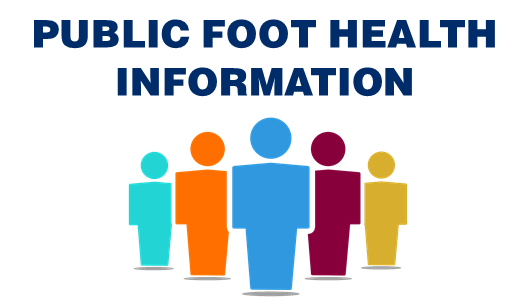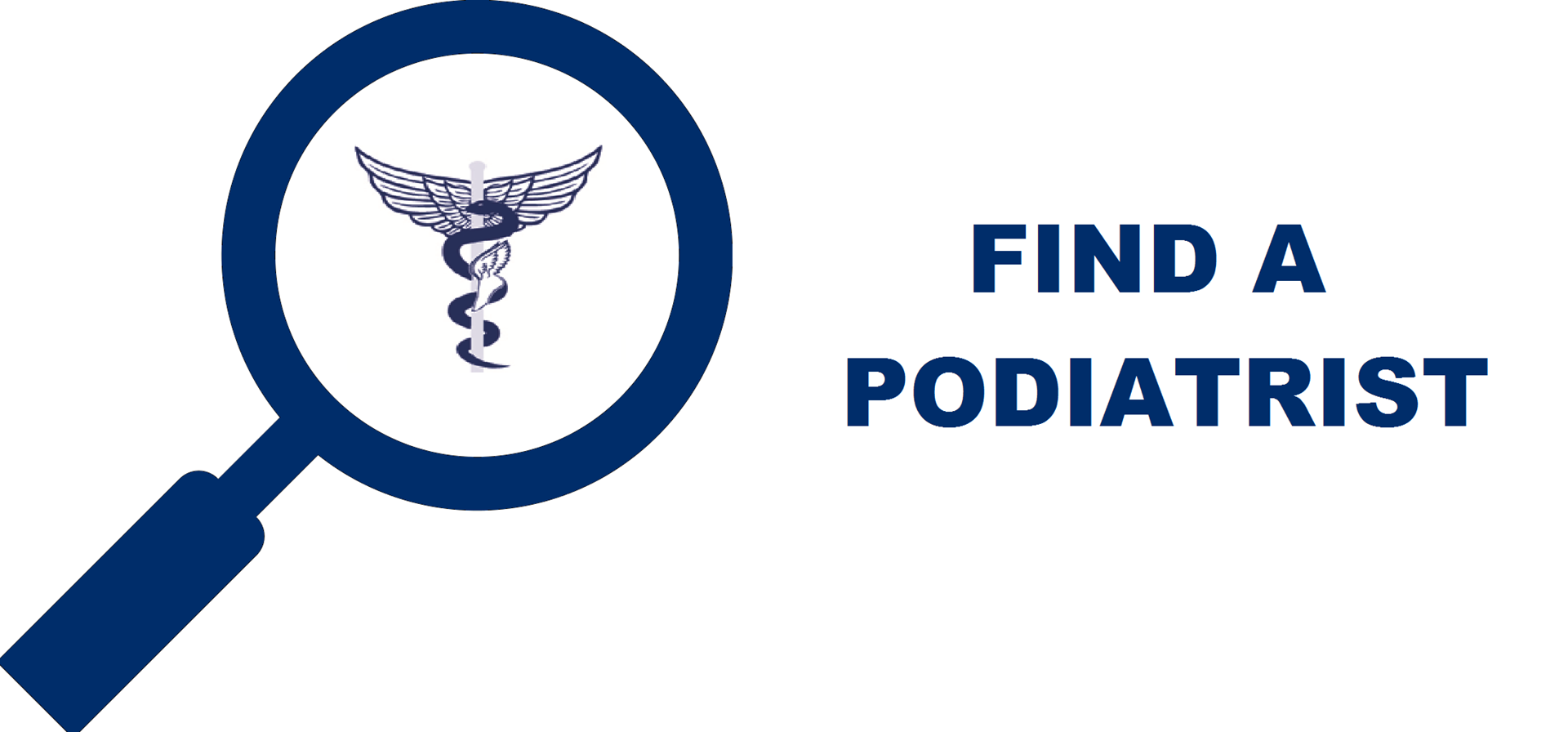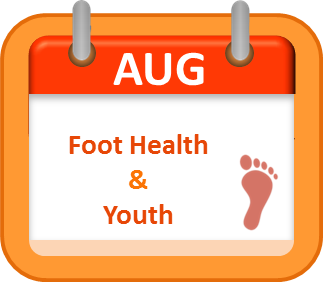|
Flat Feet
Flexible vs Rigid Flat Feet There are two types of Flat Feet, Flexible and Rigid. When children develop flexible flat feet, it is more likely that the condition will correct itself with time and it is less likely to cause other problems for the child’s feet and gait. If the condition is rigid, it might be related to other problems in the bones, joints or muscles and will require special treatment. To be sure if your child has flexible flat feet or rigid flat feet, visit a Podiatrist. Do no wait until the condition worsen causing problems in other parts of the body or even affecting the lifestyle of the child. Consequences of Flat Feet If not treated in time, flat feet can cause problems in the ankles, knees, hips and entire body alignment. Flat feet can also cause:
|
You have flat feet when the arches on the inside of your feet touch the floor completely or near-completely when you stand up and/or walk. This foot condition is common in children (studies have shown that approx. 44% of children between 3-6 years old present the condition) and it is called Pediatric Flatfoot. It is normal in babies to have flat feet. The bones start developing and the arch begins its formation when toddlers learn to walk until the age of 9-10. The condition might correct itself once the muscles and tissues strengthen, but if the flat foot persists or if it is associated with pain visiting a Doctor of Podiatric Medicine would be necessary. If caught early, Podiatrists can correct the condition more effectively and prevent consequences. Causes of Flat Feet in Youth Tarsal Coalition: Abnormal connection of two or more bones in the foot. The bones affected are located toward the back of the foot and in the heel, and the connection of the bones can result in a severe, rigid flatfoot. Obesity: This condition represents lots of health challenges in youth. Children with obesity tend to expend less time in physical activities which doesn’t help in the development and strengthening of the foot's structure. Besides, the arches can collapse due to the extra weight on the body. Knock knees: This condition presents when the knees angle in and touch each other when the legs are straightened. Children with this condition will point their feet outwards causing the arch to flatten. Footwear: The wrong footwear for age and activity can obstruct the normal development of the foot and its natural motion causing weakness and impaired foot function leading to foot conditions such as Flat Feet. Treatment Your Podiatrist will recommend the best treatment for your child according to the specifics of the condition. Treatments might include:
Because the foot structure is not completely formed until the age of 10+, it is recommended to visit a Podiatrist every year to make sure the treatment is appropriate and there are no other conditions developing as your child’s foot continue changing and growing. |






